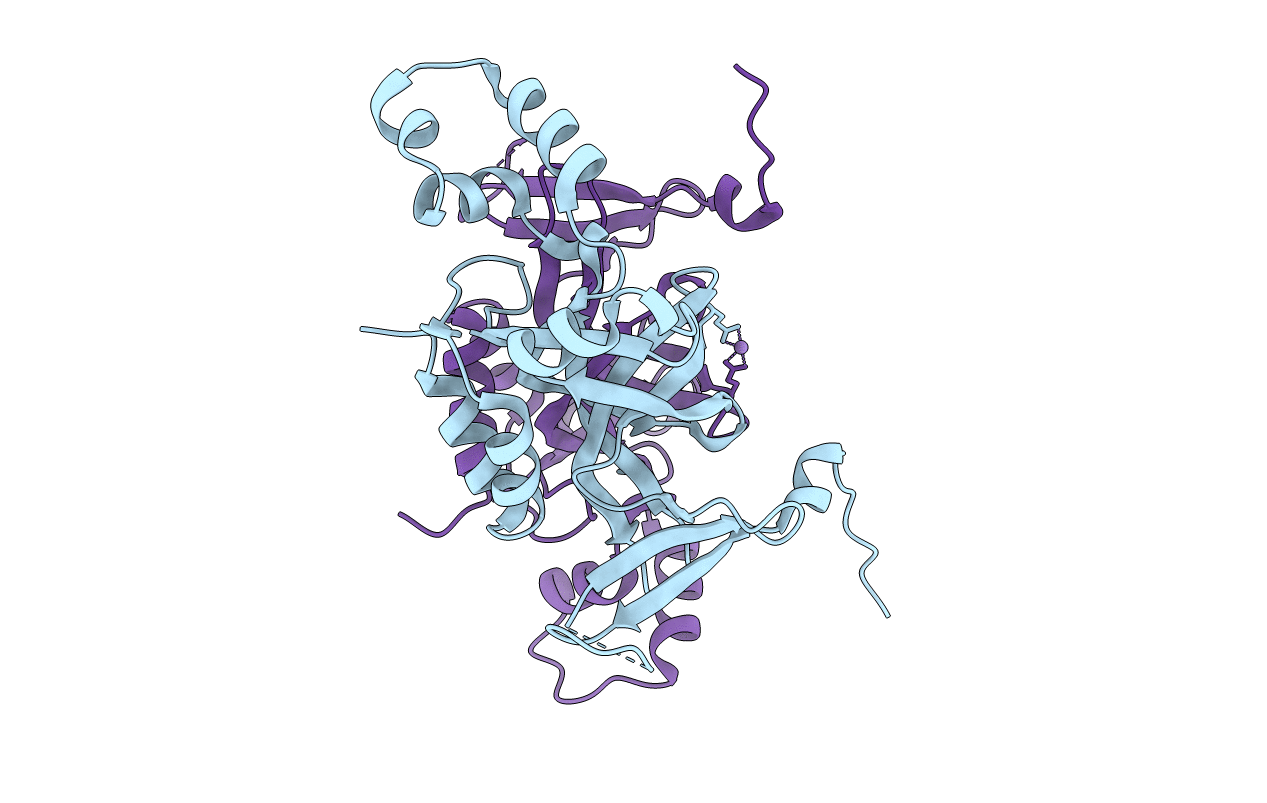
Deposition Date
2002-07-05
Release Date
2002-09-11
Last Version Date
2024-02-14
Entry Detail
PDB ID:
1M4Z
Keywords:
Title:
Crystal structure of the N-terminal BAH domain of Orc1p
Biological Source:
Source Organism:
Saccharomyces cerevisiae (Taxon ID: 4932)
Host Organism:
Method Details:
Experimental Method:
Resolution:
2.20 Å
R-Value Free:
0.22
R-Value Work:
0.20
R-Value Observed:
0.22
Space Group:
P 21 21 2


